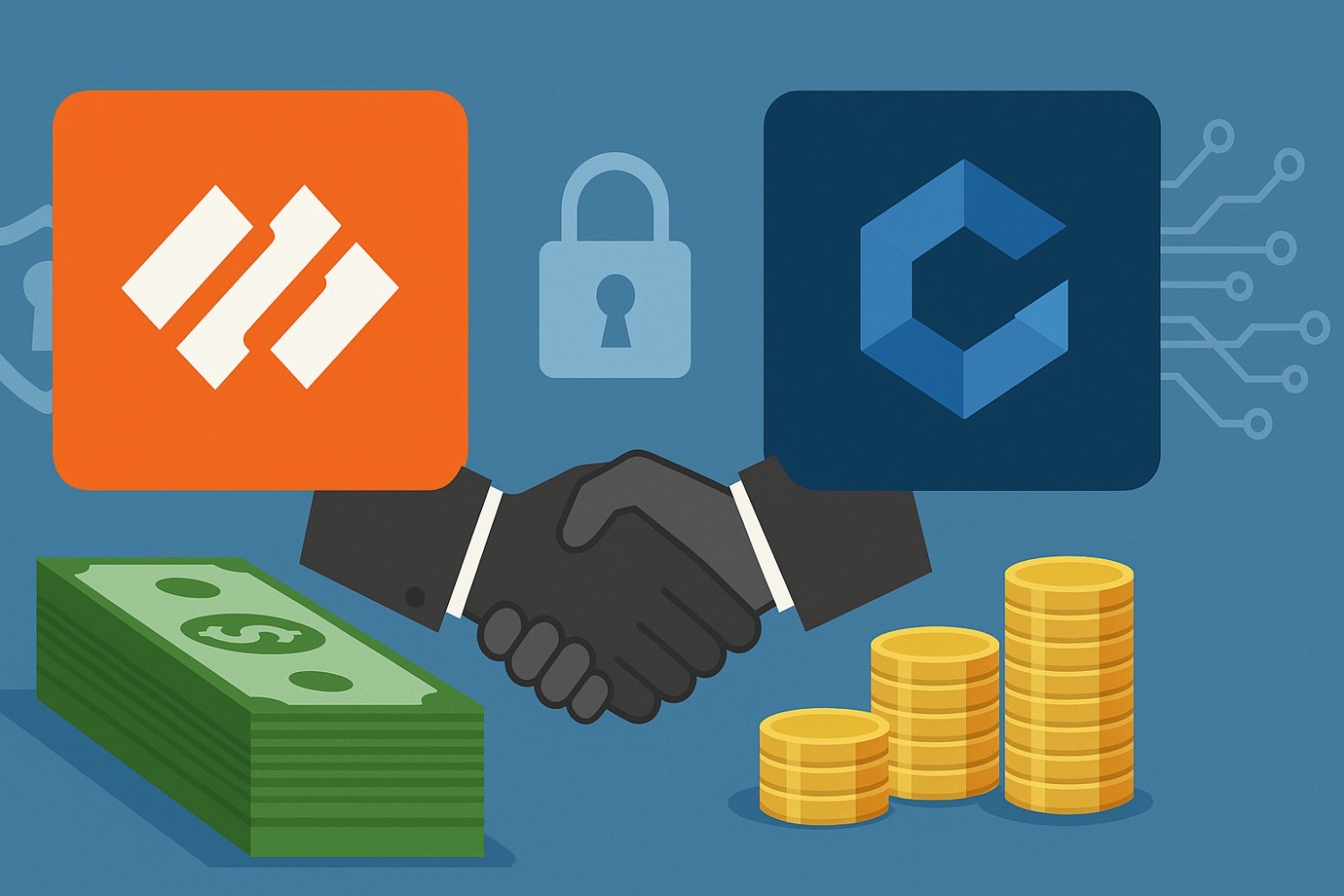Introduction: When the Game Turns Serious
Chess.com, the world's largest online chess platform, recently confirmed a data breach affecting over 4,500 users.
Chess.com is not just the world’s largest online chess platform — it’s a community of more than 150 million players worldwide. From casual players to world champions, millions log in daily to play, learn, and socialize. But in June 2025, the platform faced a different kind of opponent: a cyberattack.
Recently, Chess.com confirmed that a data breach had compromised the personal information of 4,541 users. While that number may sound small compared to the site’s massive user base, the breach raises important questions about cybersecurity, user trust, and the risks of third-party tools.
This blog breaks down what happened, what information was exposed, how Chess.com responded, and what this means for the future of online platforms.
What Exactly Happened?
Between June 5 and June 18, 2025, attackers exploited a vulnerability in a third-party file transfer application used by Chess.com. This wasn’t a direct hack into Chess.com’s main systems — instead, the weakness came from an external tool that the platform relied on.
On June 19, 2025, Chess.com’s internal security team detected unusual activity and immediately launched an investigation. They confirmed that unauthorized actors had accessed certain user data stored in the third-party system.
By September 3, 2025, the company officially disclosed the breach and notified all affected members.
What Data Was Exposed?
Here’s the key point: Chess.com’s core systems remained safe. That means:
- Logins were not compromised.
- Passwords were not stolen.
- Payment and financial details were untouched.
However, attackers did access some personal identifiers, such as names and limited sensitive information. While this might not be as severe as a full credential leak, it’s still a concern, because even small pieces of personal data can be misused for scams, phishing attempts, or identity theft.
How Many Users Were Affected?
The breach impacted 4,541 members — which is about 0.003% of Chess.com’s global user base. While the scale is relatively small, the fact that it happened at all is a reminder that no platform is immune to cyber threats.
Chess.com’s Response
Chess.com didn’t sit back after discovering the breach. Instead, the company:
- Engaged cybersecurity experts – External specialists were brought in to conduct a forensic investigation.
- Involved federal authorities – The incident was reported to law enforcement and regulators.
- Contained the breach – Vulnerable systems were patched, and additional monitoring tools were deployed.
- Notified users – All affected members were informed by September 3, 2025.
Most importantly, Chess.com took proactive steps to protect affected users.
Protection for Affected Members
To help users deal with potential risks, Chess.com is offering:
- 12 months of free identity theft protection
- Credit monitoring services
- Cyber-scan monitoring (alerts if data appears on dark web forums)
- Fraud resolution support
- Insurance coverage up to $1 million for eligible damages
Impacted users can sign up for these services through a trusted provider (IDX), with enrollment open until December 3, 2025. This move shows Chess.com’s commitment to transparency and user safety — though some critics argue it also reflects how reactive cybersecurity often is, instead of being proactive.
Why Third-Party Vulnerabilities Are Dangerous
One important detail in this story is that the breach didn’t come from Chess.com’s own servers but from a third-party file transfer tool. This is a common pattern in modern cyberattacks: hackers don’t always target the main company directly. Instead, they look for weak spots in the vendors, contractors, or software tools that businesses depend on.
What This Means for Users
For most Chess.com members, this incident won’t directly affect their accounts, since logins and payment data were safe. Still, users should:
- Stay alert for suspicious emails or phishing attempts.
- Enable two-factor authentication (2FA) to secure accounts further.
- Monitor credit reports if they were among the affected members.
- Take advantage of Chess.com’s free protection services if eligible.
Lessons for the Industry
The Chess.com data breach highlights a few key lessons: third-party risks are real, user trust is fragile, transparency matters, and cybersecurity is never finished. Every platform, big or small, must continuously update defenses as attackers find new methods.
Conclusion: A Small Breach, A Big Reminder
The Chess.com breach may have affected just 4,541 out of 150 million users, but it’s still a wake-up call. It shows how vulnerable even beloved platforms can be when attackers exploit third-party weaknesses.
For Chess.com, the damage seems contained, and their proactive steps should reassure players. But for the wider tech world, the message is clear: cybersecurity is no longer optional — it’s essential.
Just like in chess, every move in cybersecurity matters. One weak piece can decide the whole game.















